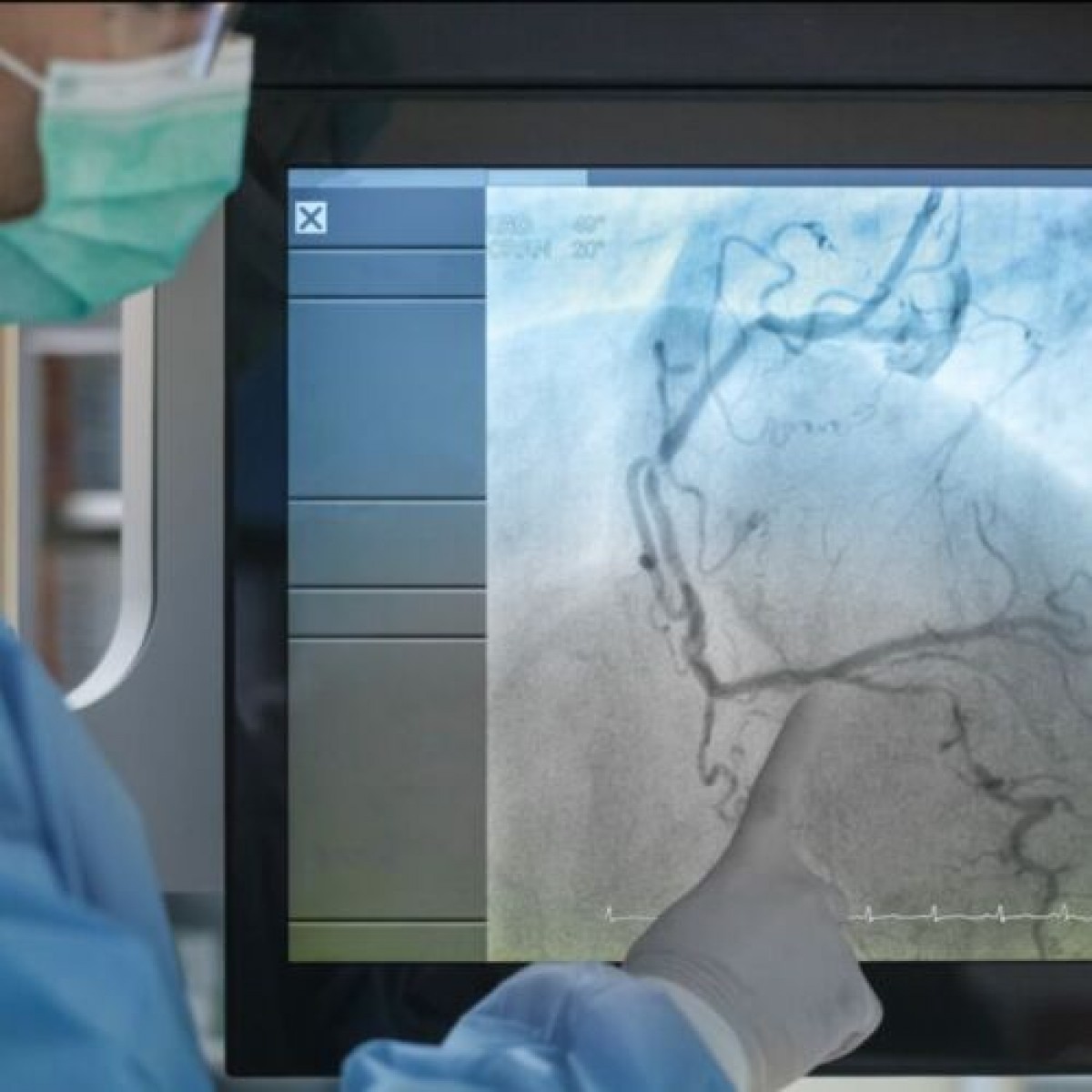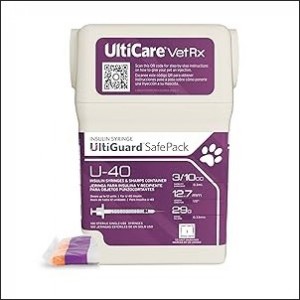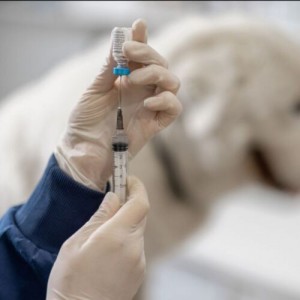The Advantage of FLASH Radiotherapy Confirmed in Mini-pig and Cat-cancer Patients
Purpose
Previous studies using FLASH radiotherapy (RT) in mice showed a marked increase of the differential effect between normal tissue and tumors. To stimulate clinical transfer, we evaluated whether this effect could also occur in higher mammals.
Experimental Design
Pig skin was used to investigate a potential difference in toxicity between irradiation delivered at an ultrahigh dose rate called “FLASH-RT” and irradiation delivered at a conventional dose rate called “Conv-RT.” A clinical, phase I, single-dose escalation trial (25–41 Gy) was performed in 6 cat patients with locally advanced T2/T3N0M0 squamous cell carcinoma of the nasal planum to determine the maximal tolerated dose and progression-free survival (PFS) of single-dose FLASH-RT.
Results
Using, respectively, depilation and fibronecrosis as acute and late endpoints, a protective effect of FLASH-RT was observed (≥20% dose-equivalent difference vs. Conv-RT). Three cats experienced no acute toxicity, whereas 3 exhibited moderate/mild transient mucositis, and all cats had depilation. With a median follow-up of 13.5 months, the PFS at 16 months was 84%.
Conclusions
Our results confirmed the potential advantage of FLASH-RT and provide a strong rationale for further evaluating FLASH-RT in human patients.
Authors: Marie-Catherine VozeninCorresponding Author; Pauline De Fornel; Kristoffer Petersson; Vincent Favaudon; Maud Jaccard; Jean-François Germond; Benoit Petit; Marco Burki; Gisèle Ferrand; David Patin; Hanan Bouchaab; Mahmut Ozsahin; François Bochud; Claude Bailat; Patrick Devauchelle; Jean Bourhis
Source: https://aacrjournals.org/









List
Add
Please enter a comment